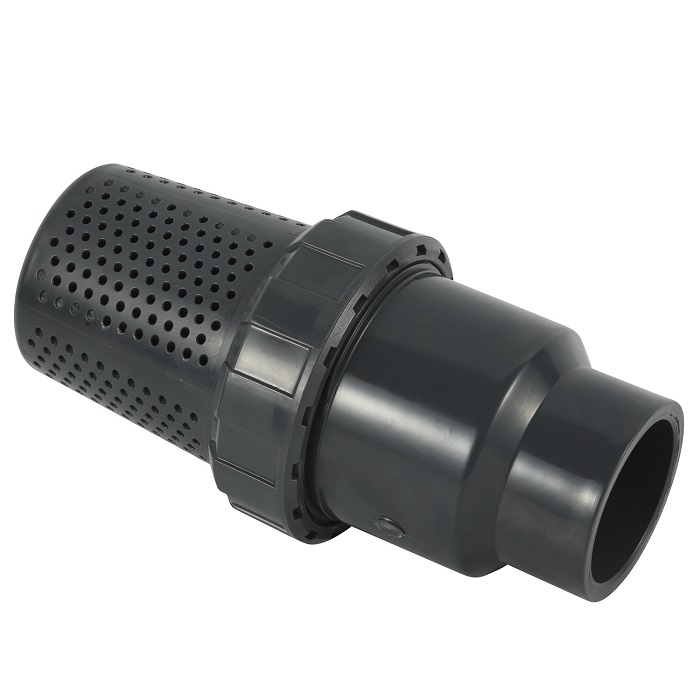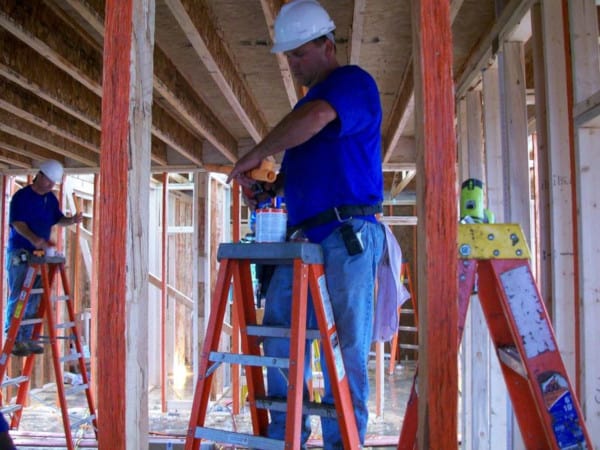Comprehensive Scaffolding Safety and Efficiency Guide
In the construction sector, scaffolding stands as a critical element, offering a temporary support system for workers and materials throughout various building, maintenance, and repair operations. Its pivotal role in ensuring safety and boosting efficiency on-site cannot be underestimated. This guide aims to provide an in-depth understanding of scaffolding, answering prevalent questions and emphasizing its vital importance. Additionally, we will discuss how scaffolding integrates with other construction materials, such as geomembranes.

What is scaffolding, and why is it crucial in construction?
Scaffolding encompasses temporary frameworks that assist workers and materials in the construction or restoration of buildings and other large structures. It is crucial for several key reasons:
- Safety: Offers a stable and secure platform for workers operating at various heights.
- Accessibility: Enables access to hard-to-reach or elevated sections of the structure.
- Efficiency: Properly installed scaffolding can significantly expedite construction or repair activities.
What are the different types of scaffolding?
Several scaffolding types are utilized in construction, each tailored to specific needs:
- Tube and Coupler Scaffolding: Highly adaptable and suitable for complex or irregular structures.
- Frame Scaffolding: Simple to assemble and disassemble, widely used in residential and commercial buildings.
- Suspended Scaffolding: Suspended from the top of structures, often employed for tasks like window cleaning or painting high-rise buildings.
- Cantilever Scaffolding: Supported on one side, used when ground conditions cannot support traditional scaffolding.
How does scaffolding enhance construction project efficiency?
Scaffolding is integral to improving the efficiency of construction projects through several mechanisms:
- Streamlined Workflow: Facilitates quick and safe movement between different levels of the structure.
- Time Savings: Enhanced access to all parts of the building minimizes downtime and accelerates project completion.
- Material Handling: Many scaffolding systems incorporate hoists and platforms, simplifying material transportation.
What is the relationship between scaffolding and geomembranes in construction?
Geomembranes are synthetic barriers used mainly for waterproofing and environmental protection. Their usage often coincides with scaffolding in various construction scenarios:
- Waterproofing: Scaffolding assists in installing geomembranes on building foundations, roofs, and other areas requiring waterproofing.
- Erosion Control: In projects like dam or landfill construction, scaffolding helps workers accurately place geomembranes over extensive areas to prevent erosion.
- Containment Systems: Scaffolding enables access to areas where geomembranes are deployed to create barriers in containment systems, such as waste management facilities.
Scaffolding is a cornerstone of the construction industry, ensuring safety, accessibility, and efficiency on job sites. By understanding the various types of scaffolding and their applications, construction professionals can better plan and execute their projects. The integration of scaffolding with other materials, such as geomembranes, underscores its versatility and essential role in contemporary construction practices. Whether constructing a high-rise building or implementing environmental protection measures, scaffolding remains indispensable for construction success.






